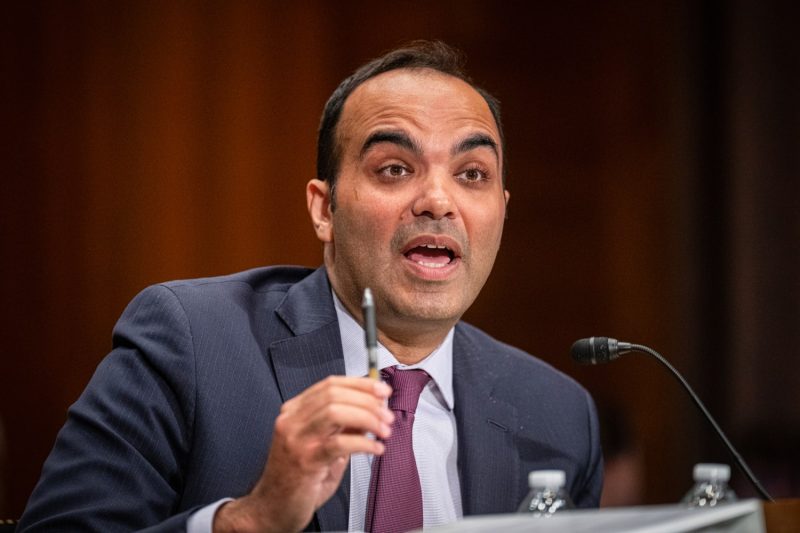As the digital payments landscape continues to evolve, there has been a significant step forward in its regulation. The Consumer Financial Protection Bureau (CFPB) declared its plan to amplify its supervision of digital payment platforms, such as Apple Pay and Cash App. This update reveals a significant shift in the CFPB’s approach to payments, putting a spotlight on digital transactions’ potentially problematic elements.
Previously, CFPB’s scrutiny extended only to large banks and other financial institutions. Digital payment services, for the most part, were not directly under the regulatory eye of the CFPB. However, the sheer volume of transactions happening through these platforms daily and their surge amidst the pandemic has necessitated regulatory oversight. Acknowledgement and supervision of these platforms ensure user protection and underline their classification as official financial institutions – a huge leap forward for this burgeoning field.
In the United States, Apple Pay and Cash App are exceedingly popular choices for digital payment options, providing users with features that simplify financial transactions. Apple Pay attracts users with its seamless application on iPhones, iPads, and MacBooks, making it impractical to carry traditional plastic cards. Cash App, on the other hand, offers users peer-to-peer money transfer services alongside gateways for stock transactions, all in one place. Their vast user bases demand regulatory clarity, as the CFPB endeavors to provide.
The CFPB’s decision to extend its supervision over these digital payment companies comes at an opportunistic time when the market statistics reveal a significant shift of consumers from traditional banking methods to these platforms. It’s estimated that digital wallets like Apple Pay and Cash App will hold close to 4.1 billion users by 2025, representing a momentous increase from the 2.3 billion users in 2019. At this rate, the digital payment industry might witness a proliferated growth, which calls for comprehensive regulation.
Under the expanded oversight, the remit of CFPB examination will likely include scrutinizing the transparency of fees, the security of payments, customer service responses, and error resolution procedures. It also demonstrates the CFPB’s desire to ensure that digital payments platforms offer a user-friendly experience and abide by the same consumer protection rules applicable to traditional banks.
Moreover, the proposed rule changes also support the CFPB’s mission to protect consumers. Given that digital payment providers are now officially classified as ‘larger participants,’ the Bureau can examine their practices for compliance with federal consumer protection laws. This could potentially increase the confidence of consumers who use these platforms regularly or may serve as an encouragement to the skeptical demographic to adopt digital payments.
In summary, the CFPB’s move to expand its supervision on digital payment services marks a significant milestone in the field of digital transactions. This heightened supervision is emblematic of a larger trend towards integrating digital payments into the mainstream financial system. As these platforms continue to hold a critical role in the consumers’ day-to-day lives, the official recognition and regulation of these digital payment services by the CFPB is certainly a forward-looking step that has been long overdue.
